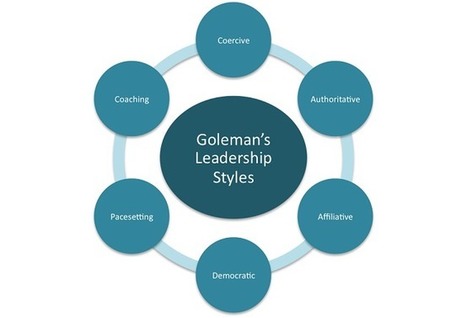"In most of us, by the age of thirty, the character has set like plaster, and will never soften again."
That quote was made famous by Harvard psychologist William James in his 1890 book The Principles of Psychology, and is believed to be the first time modern psychology introduced the idea that one’s personality becomes fixed after a certain age.
More than a century since James’s influential text, we know that, unfortunately, our brains start to solidify by the age of 25, but that, fortunately, change is still possible after. The key is continuously creating new pathways and connections to break apart stuck neural patterns in the brain.
Simply put, when the brain is young and not yet fully formed, there’s a lot of flexibility and plasticity, which explains why kids learn so quickly, says Deborah Ancona, a professor of management and organizational studies at MIT.
Via The Learning Factor



 Your new post is loading...
Your new post is loading...




















What if personality is already set before birth?